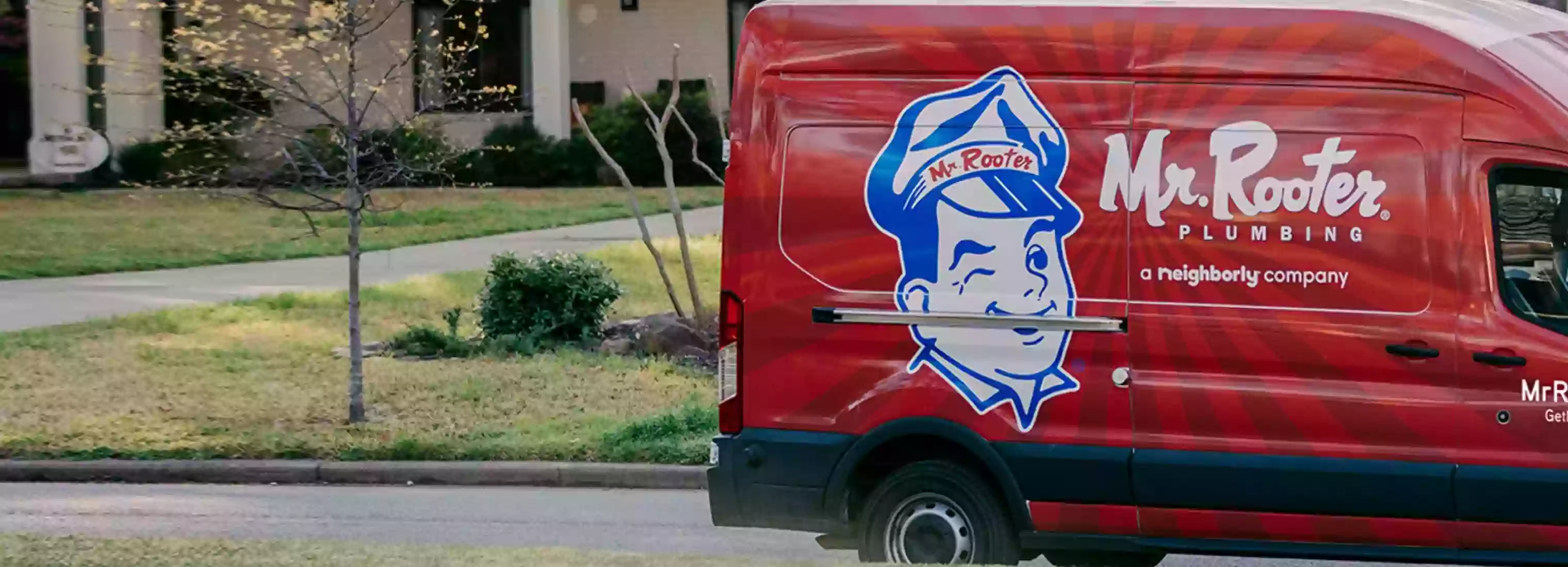Steps to Clean a Flooded Basement
You just made it through another major storm unscathed. That’s what you thought before you went downstairs to find your basement flooded. This unfortunate event can result in thousands of dollars in damage and even force you to temporarily move out of your home.
Basements in flood-prone areas get flooded at least once. Though this is never good news, the situation holds a silver lining. You’re not powerless - you can clean your flooded basement in a few defined steps.
To prepare you for the eventual flood, we’ve outlined the three key steps to clean flooded basements and answered an important frequently asked question about flood prevention:
1. Water Extraction
The first step in cleaning any flooded basement is to extract the water from it. To do this, you need to purchase a submersible pump. These pumps are designed to go underwater and pump the water out of an area. It’s like bailing a boat out with a bucket, except you don’t have to do any hard labor.
When using a submersible pump, consult local guidelines or contact your municipality for proper water disposal methods. You can’t deposit floodwater into a storm drain. The dirt and other materials in your home contaminate the water, making it unsafe for the environment.
2. Drying
Proper drying is crucial to preventing mold growth and further damage. Strategically placed fans can be used to enhance the drying process. They help remove moisture faster than air drying and reduce the risk of mold growth. In addition to fans, you should also use a dehumidifier. These devices are essential for lowering humidity levels, further aiding the drying process.
3. Disinfection
Once the water has been removed and the area is dry, disinfect the basement. Standing water is a breeding ground for dangerous bacteria and other unwanted hazards like mosquito eggs, wildlife, and mold spores. Use antibacterial cleaning agents, bleach, and carpet cleaners to thoroughly disinfect the basement. This process also helps kill off mold spores.
Cleaning a Flooded Basement FAQ
How can I stop my basement from flooding?
Installing a sump pump in your basement is the best way to prevent flooding. These pumps work like submersible pumps and sit at the lowest level of your home. Beneath these pumps is a tank called a sump. When your basement begins to flood, water fills the sump. It is then promptly pumped out of your house by the sump pump.
In addition to pumping out floodwaters, many sump pumps have alarms that alert you if water rises beyond a certain level. Some pumps send the alert directly to your phone so you can head home quickly in the event of a flood.
Professionally installed sump pumps are your best bet against basement floods. In addition to getting a sump pump installed, we recommend installing a backup battery for your pump to keep it working even if the power goes out. This is especially important in storm-prone areas where strong winds, lightning strikes, and heavy rain can knock down power lines.
Call Mr. Rooter Plumbing for Help Preventing Basement Floods
As useful as it is to know how to clean flooded basements, preventing floods is better. That’s why Mr. Rooter® Plumbing offers sump pump installation and repair services to keep your basement dry in all kinds of weather.
Don’t let a basement flood catch you off guard. Click the button below and enter your ZIP code to schedule a sump pump installation service today.
 Click to call
Click to call


